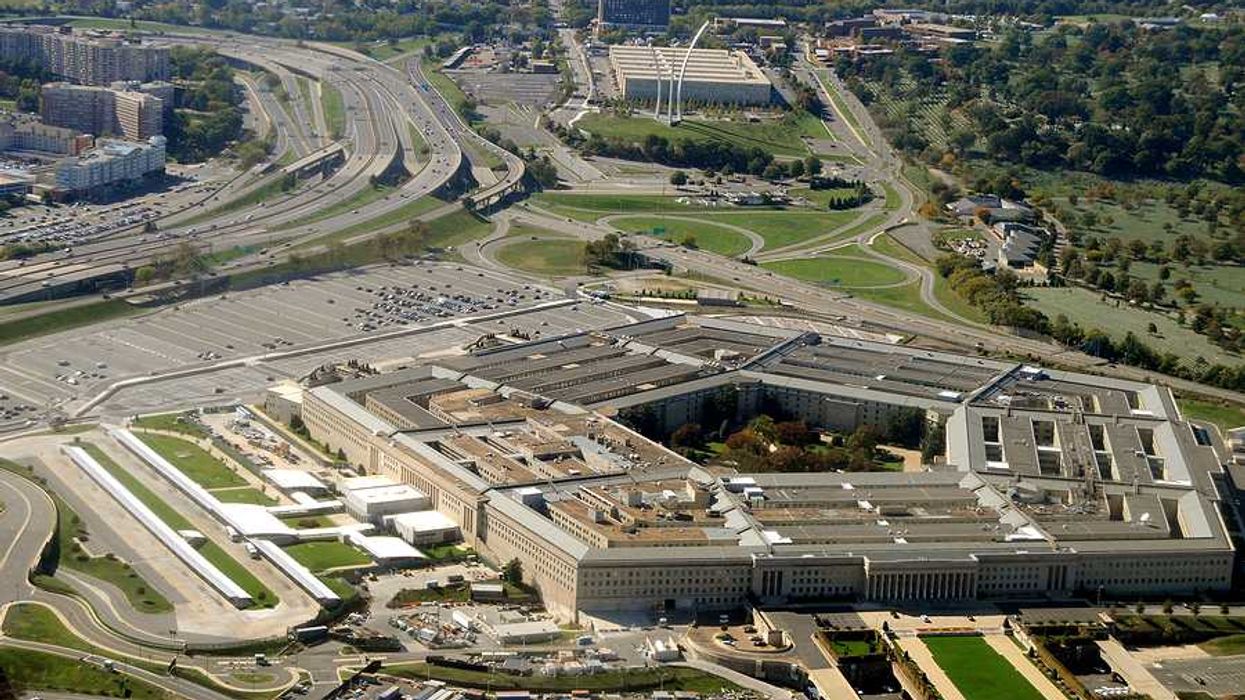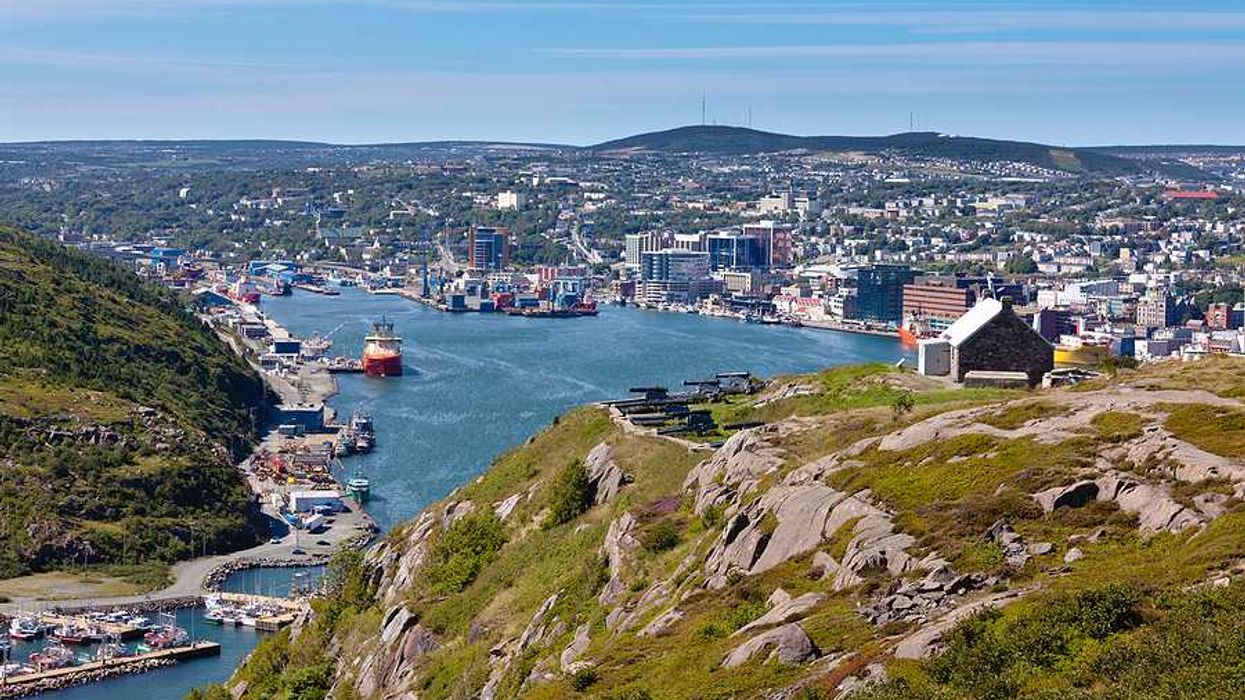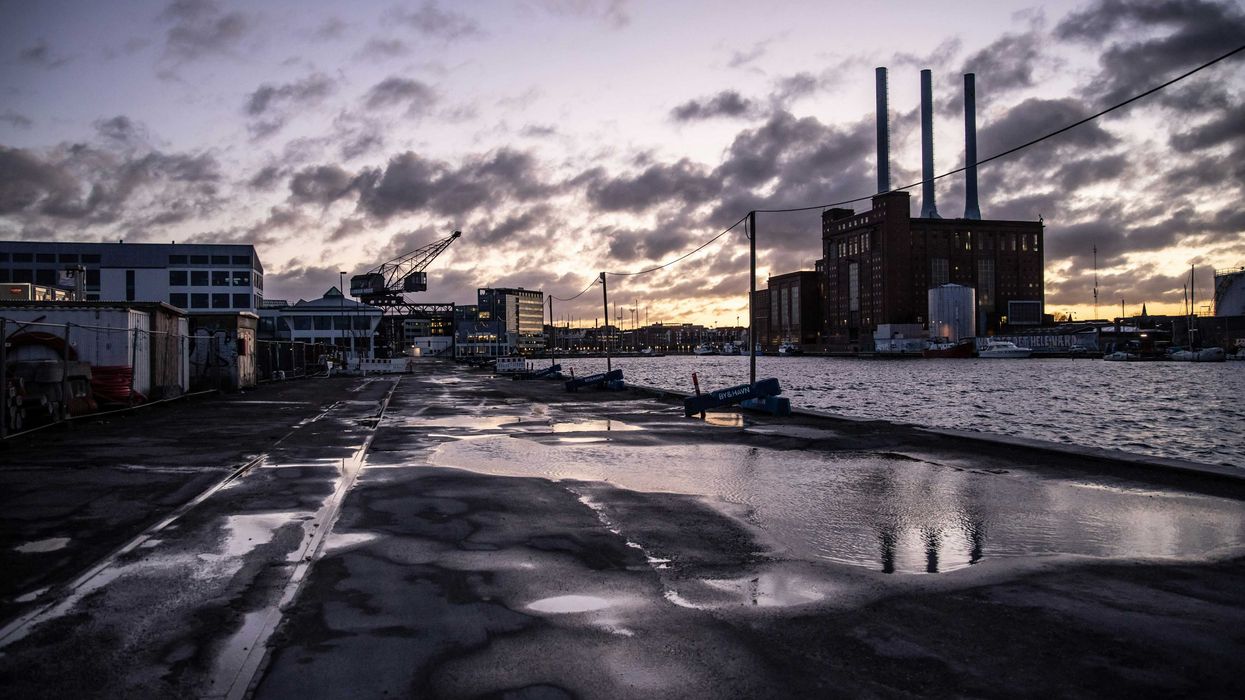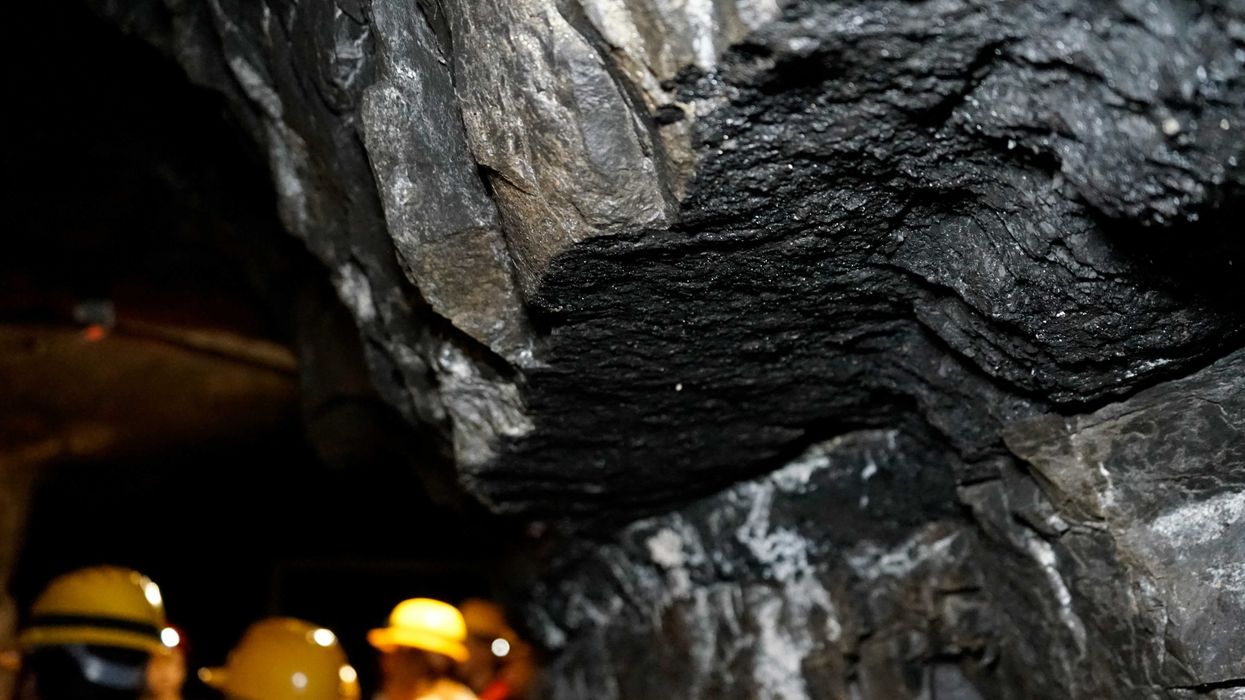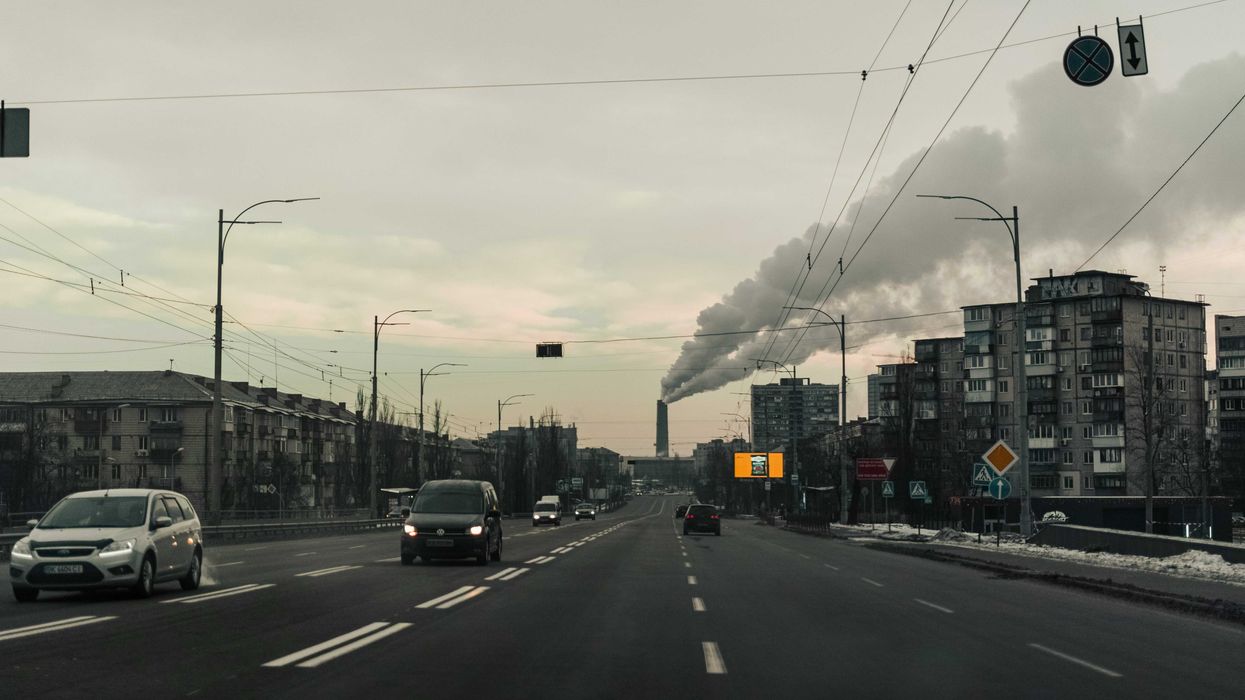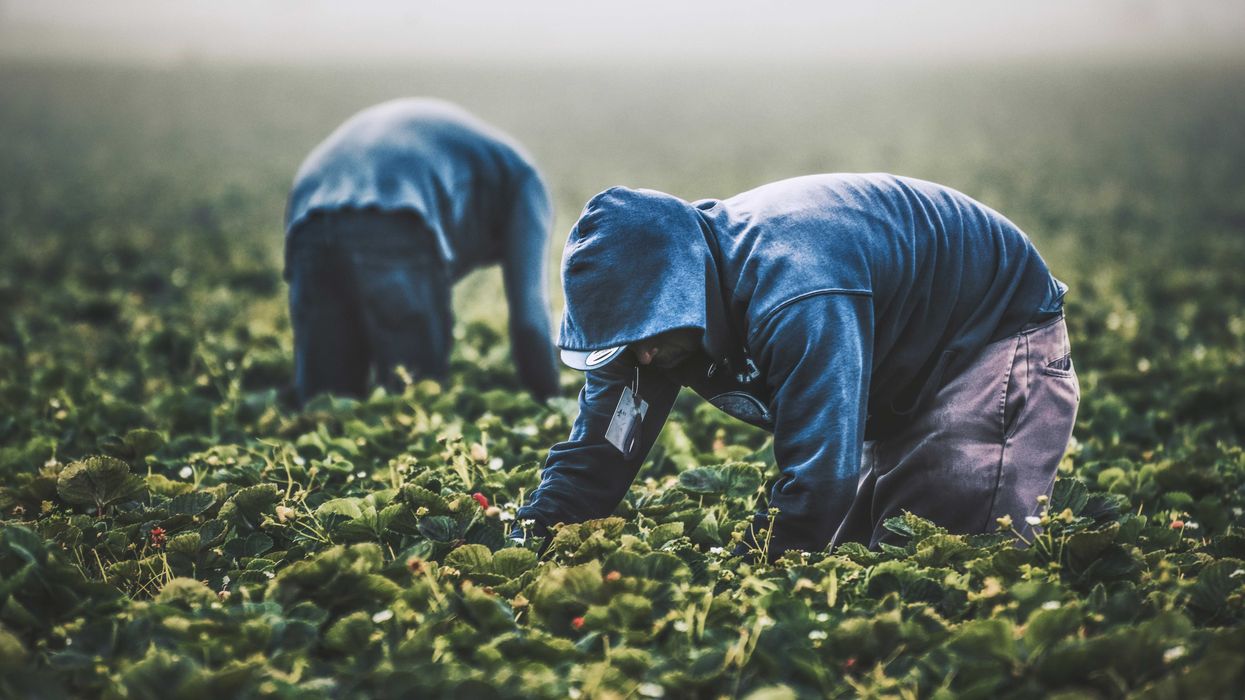Toxic site cleanups in San Francisco take significantly longer in neighborhoods with large populations of Black, Indigenous, and other people of color (BIPOC), according to new analysis, raising concerns about environmental racism and regulatory inaction.
Audrey Mei Yi Brown reports for San Francisco Public Press.
In short:
- Cleanups in BIPOC-majority neighborhoods in San Francisco take over four years longer on average than in white-majority areas, even when comparing sites of similar size and complexity.
- Despite faster overall cleanup times than other Bay Area cities, San Francisco showed deeper racial disparities, partly due to legacy segregation and limited community advocacy capacity.
- Trump-era cuts to U.S. Environmental Protection Agency environmental justice funding, along with an executive order restricting state pollution laws, may worsen conditions in already overburdened neighborhoods.
Key quote:
“There are many reasons why these disparities could be, but the fact that they exist means regulatory agencies should take social vulnerability and race into account when prioritizing which sites to clean up first.”
— Lindsey Dillon, associate professor of sociology at the University of California, Santa Cruz
Why this matters:
San Francisco's toxic cleanup timeline reflects a pattern of environmental injustice baked into city planning, redlining, and industrial zoning. Communities in the southeastern part of the city, historically home to Black and brown residents restricted by discriminatory housing policies, now face higher pollution exposure and longer waits for remediation. These delays can lead to prolonged contact with hazardous chemicals that seep into homes, schools, and water supplies, exacerbating health risks like respiratory disease, cancer, and developmental issues. As federal environmental protections erode under President Trump’s policies, local and state agencies become the frontline defense — but with constrained budgets and political pressure, their ability to respond equitably is weakened, keeping some communities trapped in cycles of contamination and neglect.
Read EHN’s guide to environmental injustice.


